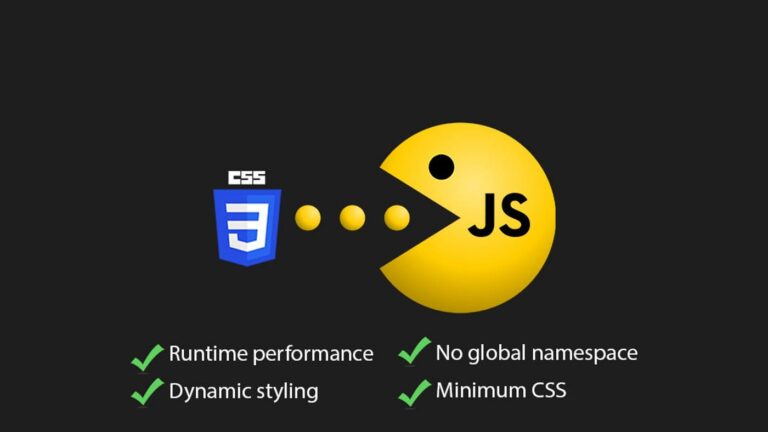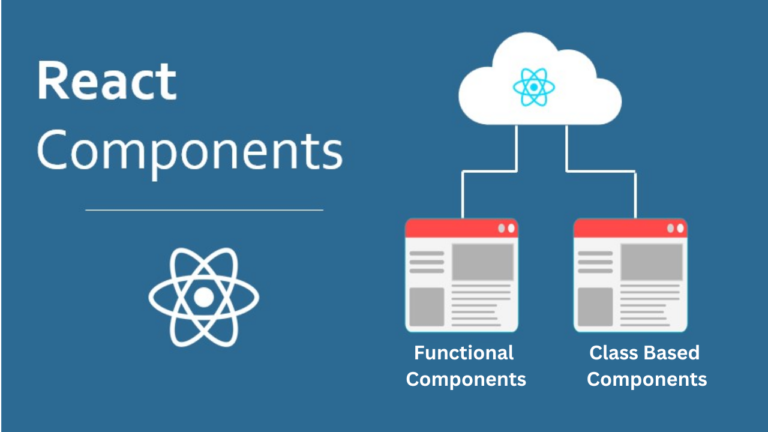In the intricate ecosystem of web development, backend technologies serve as the backbone of modern web applications, facilitating the processing of data, managing server-side logic, and ensuring seamless communication between clients and servers. From dynamic content generation to robust database management, backend development plays a pivotal role in delivering exceptional user experiences and driving digital innovation. In this comprehensive article, we embark on a journey into the realm of backend development, shedding light on key server-side technologies and their pivotal role in shaping the digital landscape.
The Importance of Backend Development
Backend development encompasses the server-side logic and infrastructure that power web applications, enabling them to handle user requests, process data, and deliver dynamic content. While frontend technologies focus on the presentation layer and user interface, backend technologies form the foundation upon which web applications are built, providing the necessary functionality to support complex business logic, data processing, and system integration. From e-commerce platforms to social networking sites, backend development underpins the functionality and performance of a wide range of web applications, making it an indispensable component of modern software engineering.
Key Server-Side Technologies
- Node.js: Node.js has emerged as a popular choice for backend development, thanks to its lightweight and efficient runtime environment for executing JavaScript code on the server-side. Leveraging the event-driven, non-blocking I/O model, Node.js enables developers to build highly scalable and performant web applications, making it particularly well-suited for real-time applications, APIs, and micro-services architectures.
- Django: Django, a high-level Python web framework, empowers developers to build secure, scalable, and maintainable web applications with ease. Known for its “batteries-included” philosophy and adherence to the DRY (Don’t Repeat Yourself) principle, Django offers a comprehensive set of tools and features for rapid development, including an ORM (Object-Relational Mapping) system, authentication mechanisms, and a built-in admin interface.
- Ruby on Rails: Ruby on Rails, commonly referred to as Rails, is a full-stack web framework that follows the convention-over-configuration paradigm, allowing developers to focus on writing application code rather than configuring settings. Built on the Ruby programming language, Rails provides a robust set of conventions, libraries, and tools for building database-backed web applications, making it a favorite among startups and seasoned developers alike.
- Express.js: Express.js is a minimalist web framework for Node.js, designed for building lightweight and flexible web servers and APIs. With its minimalist design and modular architecture, Express.js provides developers with the freedom to structure their applications as per their requirements, while offering essential features such as routing, middle-ware support, and template engines integration.
- ASP.NET Core: ASP.NET Core is a cross-platform, open-source framework for building modern web applications and services with .NET. With its modular architecture and support for multiple programming languages, including C# and F#, ASP.NET Core enables developers to build scalable and high-performance web applications that run on Windows, Linux, and macOS environments.
- Spring Boot: Spring Boot is a powerful framework for building Java-based web applications, offering developers a convention-over-configuration approach and a comprehensive ecosystem of libraries and tools. Leveraging the Spring framework’s dependency injection and inversion of control capabilities, Spring Boot simplifies the development process and promotes best practices for building enterprise-grade web applications.
Backend development lies at the heart of modern web development, providing the essential infrastructure and functionality needed to build robust, scalable, and secure web applications. By leveraging the power of server-side technologies such as Node.js, Django, Ruby on Rails, Express.js, ASP.NET Core, and Spring Boot, developers can unlock new possibilities in web development, driving innovation and delivering exceptional user experiences.
As organizations continue to embrace digital transformation and invest in web-based solutions, the demand for skilled backend developers proficient in server-side technologies is on the rise. Whether you’re a seasoned developer seeking to expand your skill set or a newcomer embarking on a journey into the world of backend development, understanding the principles and technologies discussed in this article is essential for success in the dynamic field of web development. Backend development offers a rich and rewarding path for developers seeking to build powerful, scalable, and innovative web applications. By mastering server-side technologies and staying abreast of emerging trends and best practices, developers can unlock new possibilities in web development and contribute to the advancement of digital technology in today’s interconnected world.






